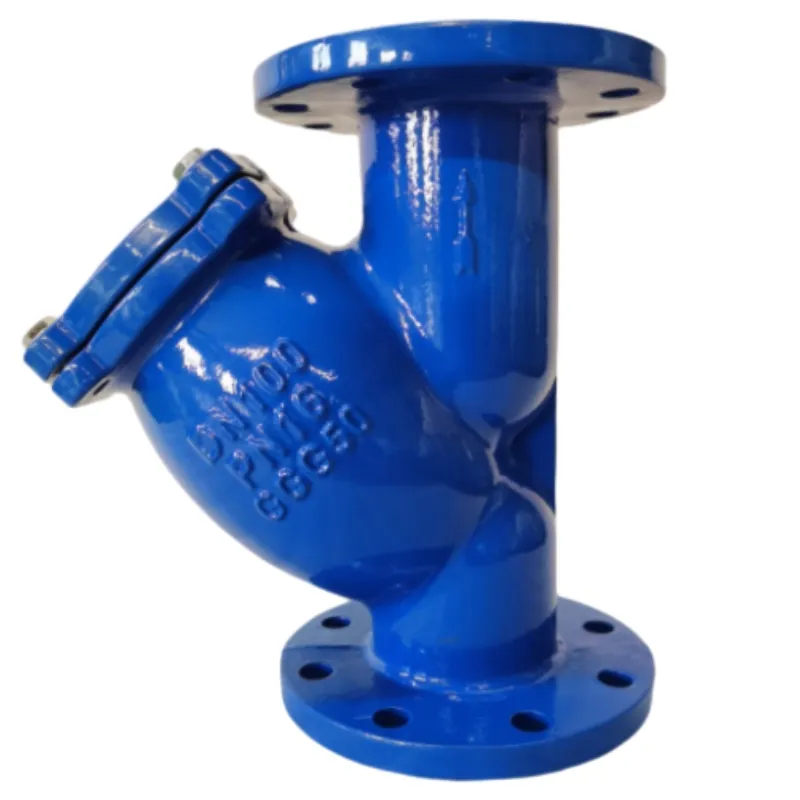compressor safety relief valve
Understanding Compressor Safety Relief Valves Importance and Functionality
In the world of industrial applications, compressors play a crucial role in various processes, from refrigeration to pneumatic systems. However, with the essential functions they perform, there's an inherent risk associated with the potential for overpressure situations. This is where compressor safety relief valves come into play, serving as critical safety mechanisms that protect equipment and personnel from the dangers of excessive pressure.
What is a Safety Relief Valve?
A safety relief valve (SRV) is a type of valve used to control or limit the pressure in system or vessel. Its primary purpose is to prevent the rupture of pipes, vessels, or machinery caused by excess pressure. When the pressure inside a compressor exceeds its specified limit, the safety relief valve opens, allowing gas to escape and reducing the pressure to a safe level. Once the pressure falls back within the acceptable range, the valve closes, re-establishing the system's integrity.
Importance of Safety Relief Valves in Compressors
1. Preventing Equipment Damage Compressors are designed to operate under specific pressure conditions. Excessive pressure can lead to catastrophic failures, damaging not only the compressor but also connected equipment and systems. A safety relief valve mitigates this risk by ensuring that pressure levels remain within safe limits.
2. Ensuring Personnel Safety Overpressure situations can pose significant risks to personnel working near compressors. A sudden burst or failure of equipment can lead to severe injuries or even fatalities. The installation of a safety relief valve ensures that pressure is released in a controlled manner, safeguarding everyone in the vicinity.
3. Compliance with Regulations Various industries are subject to strict safety regulations to protect both workers and the environment. Installing and properly maintaining safety relief valves in compressors is often a legal requirement. Compliance with these regulations helps organizations avoid penalties and demonstrates a commitment to safety.
compressor safety relief valve

How Do Safety Relief Valves Work?
Safety relief valves are designed to respond rapidly to pressure changes. They typically consist of a spring-loaded mechanism, where the spring tension is calibrated to a specific pressure setting. When the internal pressure exceeds this threshold, the force exerted by the gas overcomes the spring’s resistance, causing the valve to open. The gas is expelled, and once the pressure drops to a safe level, the spring force closes the valve again.
There are different types of safety relief valves, including direct spring-loaded valves, pilot-operated valves, and rupture disc devices. Each type has its advantages and is selected based on the specific application and requirements of the compressor system.
Maintenance of Safety Relief Valves
Regular maintenance and testing of safety relief valves are imperative to ensure their reliability and functionality. Over time, factors such as corrosion, wear, and debris accumulation can affect the performance of these valves. Routine inspections should include checking the valve’s settings, ensuring the cleanliness of the mechanism, and testing the valve’s response to overpressure conditions. Maintaining accurate records of inspections and maintenance activities further supports compliance and enhances safety.
Conclusion
In summary, compressor safety relief valves are essential components that ensure the safe operation of compressor systems. By preventing overpressure conditions, they safeguard equipment, protect personnel, and comply with regulatory standards. Understanding the functionality and importance of these valves highlights the critical role they play in industrial safety and efficiency. Regular maintenance and adherence to safety protocols will ensure that these valves perform optimally and fulfill their vital protective role.
-
The Smarter Choice for Pedestrian AreasNewsJun.30,2025
-
The Gold Standard in Round Drain CoversNewsJun.30,2025
-
The Gold Standard in Manhole Cover SystemsNewsJun.30,2025
-
Superior Drainage Solutions with Premium Gully GratesNewsJun.30,2025
-
Superior Drainage Solutions for Global InfrastructureNewsJun.30,2025
-
Square Manhole Solutions for Modern InfrastructureNewsJun.30,2025
-
Premium Manhole Covers for Modern InfrastructureNewsJun.30,2025
